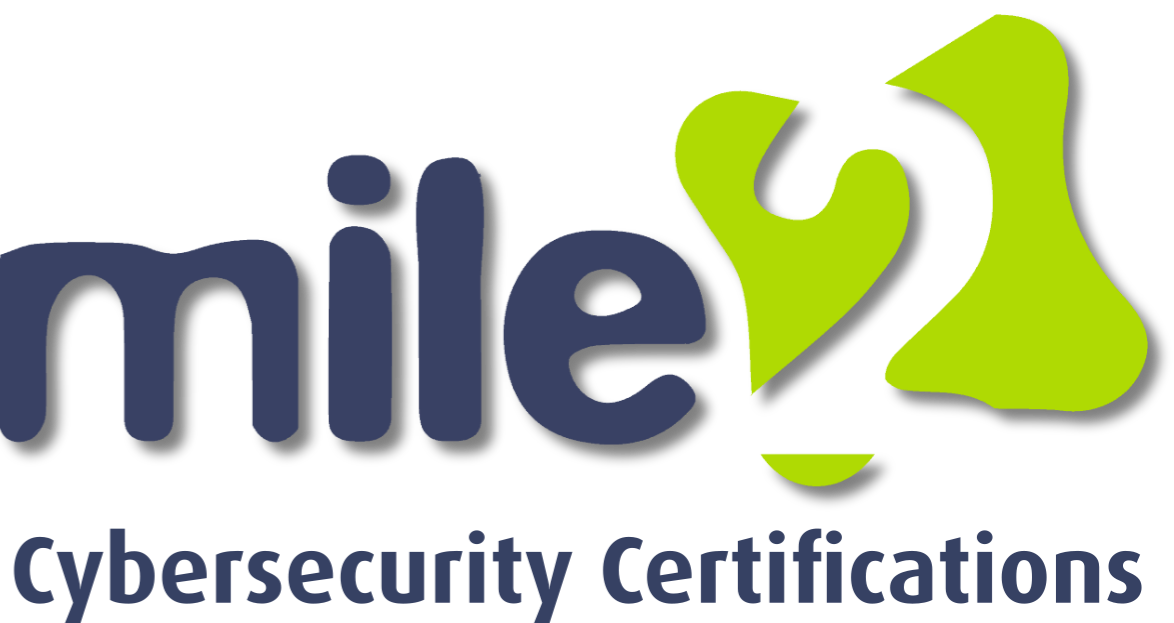Isabelle Tubbs
Forum Replies Created
-
AuthorPosts
-
Isabelle Tubbs
ParticipantHello, Cameron! I also wrote about Storage Virtualization, and it is true that it took some time to find a con to using it. However, if a business is not willing to pay the initial cost of virtualization, then they need to decide whether or not to use it ahead of time. Although I think this would really not be an issue with large companies. Also, nice work with Desktop Virtualization. Using a third party can complicate things a bit, but your example of using it with gaming is great.
Isabelle Tubbs
ParticipantVirtualization contains many different aspects. Each of which have some advantages and disadvantages. Two virtualization components are storage virtualization and data virtualization.
Storage virtualization involves taking the amount of storage on the system to be assigned to the virtual machines, which makes the storage efficiency even greater and assures that storages changes to one VM do not affect the other VMs (GeeksforGeeks, 2025; Naik, 2024). For a company or organization, taking advantage of the amount of available storage is beneficial. However, this does make management of the virtual machines more complex, and using virtualization would be costly at first (GeeksforGeeks, 2024; GeeksforGeeks, 2025). This must be taken into account before opting to use virtual machines.
Data virtualization is taking the combined data and creating a virtual data layer that shows the data all in one place (GeeksforGeeks, 2025; Naik, 2024). Having centralized control from virtualization gives IT professionals more convenience and saves their time. However, a risk with data virtualization is that using a third party’s platform could make the data open to attacks (GeeksforGeeks, 2025; GeeksforGeeks, 2024). As a result, security measures (as with any device or group of devices) must be put in place.
References
GeeksforGeeks. (2024, June 11). Pros and Cons of Virtualization in Cloud Computing. http://www.geeksforgeeks.org/pros-and-cons-of-virtualization-in-cloud-computing/
GeeksforGeeks. (2025, April 10). Virtualization in Cloud Computing and Types. http://www.geeksforgeeks.org/virtualization-cloud-computing-types/#types-of-virtualization
Naik, R. (2024, December 11). Understanding the Types of Virtualization in Cloud Computing. Crest Infosystems. http://www.crestinfosystems.com/types-of-virtualization/Isabelle Tubbs
ParticipantHello, James! Those are two great options for troubleshooting. Command lines are helpful tools, especially with testing network connections. Task Manager helps to essentially get real-time information with how the CPU and memory are being used. Getting information from this gives a good starting place for what actions to take next.
Isabelle Tubbs
ParticipantThis week, we learned about the command line tools and options for testing a network connection. If there is an issue with a network connection, using these tools to troubleshoot the problem is important. For Windows, using ipconfig can provide information about the IP settings configured on the device. If the NetBIOS information is what is required, using nbtstat would be appropriate. Also, doing a ping, tracert, or pathping would be good tests to see what a device is currently able to connect to, like the server and other devices on the network.
If the issue is not necessarily related to a network connection, there are other troubleshooting options. The Windows Recovery Environment is a troubleshooting tool that allows the Windows device to look for and resolve any problems, particularly with startup issues. This is helpful for IT professionals because it gives them information for how to solve the issue. Another option is to boot to the Windows Pre-Installation Environment, which allows access to files and helps resolve issues as well.
Isabelle Tubbs
ParticipantThe centurion’s faith in this passage is amazing, because even though he was not of the Jewish community, he trusted in Jesus, in His power, and in His authority. The centurion understood how authority worked because of his own experience and believed that Jesus had the heavenly authority to heal his servant.
The centurion was humble enough to ask Jesus for help, even though the Romans were the ones occupying the Hebrew land at the time. He was so humble that he felt he did not deserve to have Jesus come to his home.
Also, the centurion was kind enough to want his servant to get better and be healed. It is amazing that both Jesus and the centurion cared about a servant, who was considered as a lower status during that time period.
Later, Jesus tells him to go home because his servant is healed. When the centurion goes back, he finds out that the servant was healed at the time when Jesus told him. Jesus does have the heavenly authority, and because the centurion believed, he and his servant were blessed.Isabelle Tubbs
ParticipantAlso, I just wanted to share Matthew 7:1-2 (NIV) because I think it is key to this week’s discussion as well: “‘Do not judge, or you too will be judged. For in the same way as you judge others, you will be judged, and with the measure you use, it will be measured to you.” If we want to help someone improve and grow, we must correct them with God’s love in our hearts because we would want people to lovingly correct us as well.
Isabelle Tubbs
ParticipantHello, Carlos! Nice work on your explanation of AES, RSA, and ECC. Elliptic Curve Cryptography was a type of encryption I did not encounter before this discussion, so it was interesting to learn about it from your post. It makes sense for smaller devices to have a specific type of encryption for data, especially with the widespread use of mobile devices today.
Isabelle Tubbs
ParticipantEncryptions are vital for securing data because they scramble that data using an encryption algorithm, which often involves the use of a pre-shared key (PSK) to secure, unlock, and unscramble the information. Three types of encryptions include RSA, 3DES, and AES. RSA (Rivest-Shamir-Adleman) encryption uses cryptography algorithms with two keys and are great to use with VPNs and services with email and communication (Human, 2023). Its purpose is based more on the type of information that needs to be secured rather than the type of organization. 3DES (Triple Data Encryption Standard) encryption, which can use two keys or three keys, uses a process of encrypting, decrypting, and encrypting again; it is often used for financial companies (Human, 2023). Finally, AES (Advanced Encryption Standard) encryption uses a block cipher that is symmetric and should mainly be used for classified data, like data from large organizations or the government (Human, 2023).
References
Human, H. (2023, February 2). Types of Encryption [Explanations, Examples, Significance] https://review42.com/resources/types-of-encryption/Isabelle Tubbs
ParticipantHello, James! This is a great, concise explanation of how TCP and IP work together as TCP/IP. I also found it quite interesting to learn the differences between the two. Thanks for sharing the reference you used; it does tie in with what we have learned, like UDP, FTP, POP, etc. UDP is an alternative to TCP/IP, but it is not as reliable. Is there a situation that you think would warrant using UDP over TCP/IP?
Isabelle Tubbs
ParticipantTCP/IP contains the protocols from Transmission Control Protocol and Internet Protocol. When exchanging data on a network, there needs to be specified rules concerning how it should be transported, where it is going, and what should happen when a failed data transfer occurs (Yasar, n.d.). Thus, the TCP/IP gives control over these processes to aid in data transmissions and network connections.
Because we are focusing on TCP and IP in this discussion, I was curious about what the difference between the two are. Although they are grouped together for functionality, there are a few differences. TCP uses a higher-level protocol to run checks to make sure that the connection is working, that the data are transferred in the right order, and that ultimately the data are delivered (Yasar, n.d.). IP delivers the data and makes sure it goes to the right place, but it does not run checks like TCP does (Yasar, n.d.).
References
Yasar, K. (n.d.). What is TCP/IP? Informa TechTarget. Retrieved April 19, 2025 from https://www.techtarget.com/searchnetworking/definition/TCP-IPIsabelle Tubbs
ParticipantI would not say that I am always patient nor always judgmental toward people. With God’s help, I try to be gracious to people, especially because God has been so gracious to me, but even just recently I judged someone who I did not know until God pointed out that I really had no idea about the situation and honestly there was not much evidence even later to say that my thought was correct. In moments like that, the only thing to do is repent, reset, and ask God for help in not being so quick to judge.
Isabelle Tubbs
ParticipantHello, Misty! In your post, there was a network that you mentioned that I did not talk about in my post, which was the Content Delivery Network (CDN). It was great to read about it, and I can see how this would be another great option for network systems. Overall, this was a great overview of the different types of networks.
Isabelle Tubbs
ParticipantThere are several different categories of networks which have different purposes. A personal area network (PAN) spans a small space, ranging from a few inches or centimeters to a few yards or meters. A local area network (LAN) connects computers in a specified area. This could be used for universities, office buildings, etc. One similar category is the campus area network (CAN), which connects the campus buildings of, for example, a school or university so that all the devices on the campus are connected to the network. To reach an even greater distance, a wide area network (WAN) can go across several cities or even different countries using nodes. A metropolitan area network (MAN) is a type of network that spans across a city or at least part of a city. Finally, a storage area network (SAN) connects storage devices by using network technology. Thus, choosing a network depends on the size of the area that needs the network connection.
Isabelle Tubbs
ParticipantHello, Carlos! I like how you organized the benefits of command lines. It makes sense how command lines are efficient tools, but sometimes it can be hard to word the exact reasons. Although graphical user interfaces can sometimes be easier, the advanced tasks and smaller use of system resources do show the advantages of command line interfaces over graphical user interfaces. Is there a command that you think is used most often or that you use the most?
Isabelle Tubbs
ParticipantCommand lines allow IT professionals an efficient way to interact with the computer and give it commands by just entering a few lines of text. Some notable functions of command lines include showing information, editing information, and testing connections. To show a list of a computer’s directories, Linux uses the ls command. With commands like these, those in the IT field can gain the information they need. In fact, using the help command in Windows can even help someone to know the commands they are able to use. If someone wants to delete a file or directory in Linux, they must enter rm. This exemplifies the ability to edit information using command lines. Finally, to test a connection in Command Prompt/Windows Powershell, the ping command must be used. Testing a connection is extremely important for deciding what to do based on the results. Thus, command lines are vital tools for managing a computer and computer network.
-
AuthorPosts

